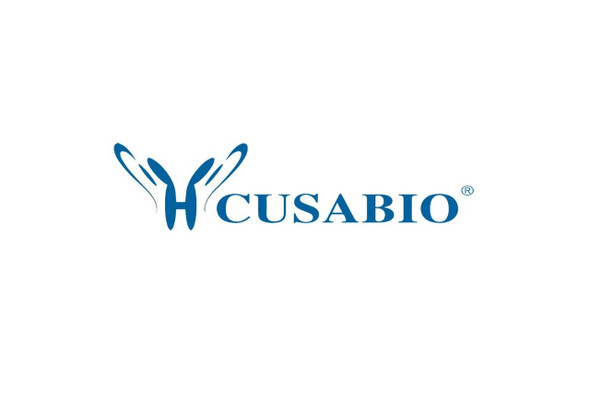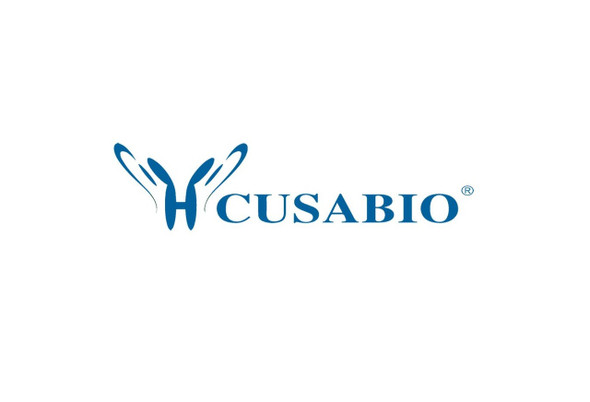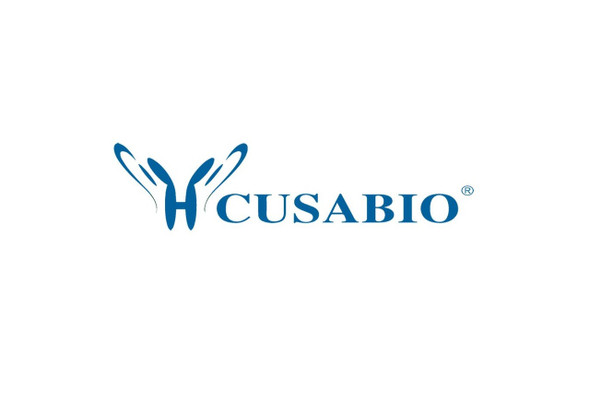Cusabio Human Recombinants
Recombinant Human Perforin-1 (PRF1) | CSB-BP018668HU
- SKU:
- CSB-BP018668HU
- Availability:
- 3 - 7 Working Days
Description
Recombinant Human Perforin-1 (PRF1) | CSB-BP018668HU | Cusabio
Alternative Name(s): Cytolysin Lymphocyte pore-forming protein PFP
Gene Names: PRF1
Research Areas: Immunology
Organism: Homo sapiens (Human)
AA Sequence: PCHTAARSECKRSHKFVPGAWLAGEGVDVTSLRRSGSFPVDTQRFLRPDGTCTLCENALQEGTLQRLPLALTNWRAQGSGCQRHVTRAKVSSTEAVARDAARSIRNDWKVGLDVTPKPTSNVHVSVAGSHSQAANFAAQKTHQDQYSFSTDTVECRFYSFHVVHTPPLHPDFKRALGDLPHHFNASTQPAYLRLISNYGTHFIRAVELGGRISALTALRTCELALEGLTDNEVEDCLTVEAQVNIGIHGSISAEAKACEEKKKKHKMTASFHQTYRERHSEVVGGHHTSINDLLFGIQAGPEQYSAWVNSLPGSPGLVDYTLEPLHVLLDSQDPRREALRRALSQYLTDRARWRDCSRPCPPGRQKSPRDPCQCVCHGSAVTTQDCCPRQRGLAQLEVTFIQAWGLWGDWFTATDAYVKLFFGGQELRTSTVWDNNNPIWSVRLDFGDVLLATGGPLRLQVWDQDSGRDDDLLGTCDQAPKSGSHEVRCNLNHGHLKFRYHARCLPHLGGGTCLDYVPQMLLGEPPGNRSGAVW
Source: Baculovirus
Tag Info: N-terminal MBP-tagged and C-terminal 6xHis-tagged
Expression Region: 22-555aa
Sequence Info: Full Length of Mature Protein
MW: 103.2 kDa
Purity: Greater than 85% as determined by SDS-PAGE.
Relevance: Plays a key role in secretory granule-dependent cell death, and in defense against virus-infected or neoplastic cells. Plays an important role in killing other cells that are recognized as non-self by the immune system, e.g. in transplant rejection or some forms of autoimmune disease. Can insert into the membrane of target cells in its calcium-bound form, oligomerize and form large pores. Promotes cytolysis and apoptosis of target cells by facilitating the uptake of cytotoxic granzymes.
Reference: "Target cell-induced perforin mRNA turnover in NK3.3 cells is mediated by multiple elements within the mRNA coding region." Goebel W.S., Schloemer R.H., Brahmi Z. Mol. Immunol. 33:341-349(1996)
Storage: The shelf life is related to many factors, storage state, buffer ingredients, storage temperature and the stability of the protein itself. Generally, the shelf life of liquid form is 6 months at -20?/-80?. The shelf life of lyophilized form is 12 months at -20?/-80?.
Notes: Repeated freezing and thawing is not recommended. Store working aliquots at 4? for up to one week.
Function: Plays a key role in secretory granule-dependent cell death, and in defense against virus-infected or neoplastic cells. Plays an important role in killing other cells that are recognized as non-self by the immune system, e.g. in transplant rejection or some forms of autoimmune disease. Can insert into the membrane of target cells in its calcium-bound form, oligomerize and form large pores. Promotes cytolysis and apoptosis of target cells by facilitating the uptake of cytotoxic granzymes.
Involvement in disease: Familial hemophagocytic lymphohistiocytosis 2 (FHL2)
Subcellular Location: Cytoplasmic granule lumen, Secreted, Cell membrane, Multi-pass membrane protein, Endosome lumen
Protein Families: Complement C6/C7/C8/C9 family
Tissue Specificity:
Paythway: Apoptosis
Form: Liquid or Lyophilized powder
Buffer: If the delivery form is liquid, the default storage buffer is Tris/PBS-based buffer, 5%-50% glycerol. If the delivery form is lyophilized powder, the buffer before lyophilization is Tris/PBS-based buffer, 6% Trehalose, pH 8.0.
Reconstitution: We recommend that this vial be briefly centrifuged prior to opening to bring the contents to the bottom. Please reconstitute protein in deionized sterile water to a concentration of 0.1-1.0 mg/mL.We recommend to add 5-50% of glycerol (final concentration) and aliquot for long-term storage at -20?/-80?. Our default final concentration of glycerol is 50%. Customers could use it as reference.
Uniprot ID: P14222
HGNC Database Link: HGNC
UniGene Database Link: UniGene
KEGG Database Link: KEGG
STRING Database Link: STRING
OMIM Database Link: OMIM









